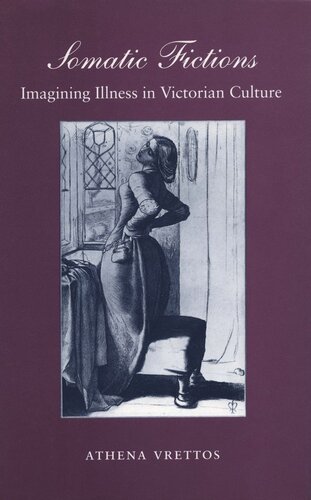

Most ebook files are in PDF format, so you can easily read them using various software such as Foxit Reader or directly on the Google Chrome browser.
Some ebook files are released by publishers in other formats such as .awz, .mobi, .epub, .fb2, etc. You may need to install specific software to read these formats on mobile/PC, such as Calibre.
Please read the tutorial at this link: https://ebookbell.com/faq
We offer FREE conversion to the popular formats you request; however, this may take some time. Therefore, right after payment, please email us, and we will try to provide the service as quickly as possible.
For some exceptional file formats or broken links (if any), please refrain from opening any disputes. Instead, email us first, and we will try to assist within a maximum of 6 hours.
EbookBell Team

4.4
12 reviewsSomatic Fictions focuses on the centrality of illness—particularly psycho-somatic illness—as an imaginative construct in Victorian culture, emphasizing how it shaped the terms through which people perceived relationships between body and mind, self and other, private and public. Vrettos uses nineteenth-century fiction, diaries, medical treatises, and health advice manuals to examine how Victorians tried to understand and control their world through a process of physiological and pathological definition. Tracing the concept of illness in the work of a variety of novelists—Charlotte Brontë, Elizabeth Gaskell, George Eliot, Henry James, Louisa May Alcott, Harriet Beecher Stowe, George Meredith, Bram Stoker, and H. Rider Haggard—she explores the historical assumptions, patterns of perception, and structures of belief that invested sick and heat with cultural meaning. Illness, with its power to make one's body seem alien, or to link disparate groups of people through contagion, suggested to Victorians the potential instability of social and biological identities. Displacing chaotic social issues onto matters of physiology, they managed a variety of social issues, including questions of race, imperialism, anthropometry, and health. This book explores how Victorian narrative registers fears of psychic and somatic permeability, sympathetic identification with another's pain, and conflicting measures of racial and cultural fitness.